Resource Allocation Algorithm for Intelligent Reflecting Surface-assisted Integrated Sensing and Covert Communication
-
摘要: 为了解决感知与通信一体化(ISAC)系统中的信息安全传输问题,该文研究智能反射面(IRS)辅助的感知与隐蔽通信一体化(ISACC)系统中的资源分配算法。首先,分析监测者Willie的最优检测性能,并推导了其最小检测错误概率的下界表达式。随后,推导目标估计的平均克拉美罗下界(CRLB)的解析表达式。在此基础上,构建以最小化平均CRLB为目标函数,以隐蔽需求、通信速率需求、IRS相移等为约束的优化问题。提出基于交替优化(AO)的惩罚连续凸近似(PSCA)的算法联合设计了感知信号协方差矩阵、通信信号波束成形以及IRS相移。仿真结果表明,所提IRS辅助的ISACC系统方案可以较好地均衡目标感知性能和隐蔽无线通信性能。Abstract:
Objective Integrated Sensing and Communication (ISAC) systems are considered key technologies for the upcoming 6G networks, offering a unified platform for wireless communication and environmental sensing. To enhance the security of ISAC systems, an Integrated Sensing and Covert Communication (ISACC) system is proposed. Additionally, an Intelligent Reflecting Surface (IRS)-assisted ISACC scheme is proposed to address the limitation of existing ISACC research, which cannot be applied to scenarios without a Line-of-Sight (LoS) link between the Base Station (BS) and the target. In this context, the average Cramér-Rao Lower Bound (CRLB) is adopted as a metric for sensing performance, aiming to overcome the limitations of traditional beampatterns in quantifying sensing performance directly. Methods The detection performance at warden Willie is first analyzed. An analytical expression for the average CRLB is then derived. Based on this, an optimization problem is formulated to minimize the average CRLB, subject to communication rate, covertness, and IRS phase shift constraints. The optimization problem is challenging to solve directly due to the coupling of the sensing covariance matrix, communication beamforming, and IRS reflective beamforming in the objective function, communication rate constraint, and covertness constraint. To tackle this, the optimization problem is decomposed into two subproblems: one for the sensing covariance matrix and communication beamforming optimization, and another for the IRS reflection beamforming optimization. An Alternating Optimization-based Penalty Successive Convex Approximation (AO-PSCA) algorithm is proposed to solve the two subproblems iteratively. Results and Discussions The relationship between the average CRLB, the number of IRS reflection elements, and the number of BS antennas is presented ( Fig. 2 ). As observed, the average CRLB obtained by the AO-PSCA algorithm and the IRS random phase algorithm decreases as the number of IRS elements increases. This is because a larger number of IRS elements not only enhances covert communication performance but also improves the quality of the virtual link between the BS and the sensing target. Additionally, the proposed AO-PSCA algorithm outperforms the IRS random phase scheme, highlighting the importance of designing IRS reflection coefficients. Furthermore, as the number of BS antennas increases, the average CRLB decreases, since more antennas simultaneously improve both target sensing and covert communication performance. The relationship between the average CRLB, covertness threshold, and communication rate threshold is shown (Fig. 3 ). It can be seen that the average CRLB decreases as the covertness parameter $\varepsilon $ increases. This indicates that increasing the covertness parameter improves the sensing performance of the ISACC system. The reason is that a larger covertness value of $\varepsilon $ makes it easier to satisfy the covertness constraints, thereby allowing more resources for communication and sensing. In contrast, the average CRLB increases with the communication rate requirement, as a larger value of $ \varGamma $ requires more system resources, leaving fewer resources for radar sensing. The relationships between the average CRLB, average maximum transmit power, and symbol length, as well as between average maximum transmit power, communication signal power, and sensing signal power, are presented (Fig. 4 ). It can be observed that the average CRLB decreases as the average maximum transmit power increases. This is due to the increase in both sensing and communication signal powers with higher transmit power. The average CRLB also decreases as the symbol length increases, as a larger symbol length improves target sensing performance. The relationship between the beampattern, angle, and average maximum transmit power is illustrated (Fig. 5 ). The beampatterns are focused on their main lobe, with the sensing target located at 0°. Due to communication rate and covertness constraints, random fluctuations appear in the side lobe regions of the beampatterns. Moreover, the beampattern values increase with the average maximum transmit power, indicating that increasing transmit power effectively enhances both target sensing and covert communication performance.Conclusions The IRS-assisted ISACC system is investigated in this work. An optimization problem is formulated to minimize the average CRLB, subject to constraints on covertness, maximum transmit power, communication rate, and IRS phase shifts. The AO-PSCA algorithm is proposed for the joint design of the sensing covariance matrix, communication beamforming, and IRS phase shifts. Simulation results demonstrate that the proposed ISACC scheme, assisted by IRS, can effectively balance target sensing and covert wireless communication performance. -
1 基于AO的PSCA算法
(1) 交替迭代索引${r_0} = 0$,初始化IRS相移向量${{\boldsymbol{v}}^{{r_0}}}$ (2) 重复执行,初始化索引${r_1} = 0$,给定初始可行解${\tilde {\boldsymbol W}_{\rm c}}^{{r_1}}$,惩罚参数${\tau }_0^{{r_1}}$,给定${c_0} > 1$,${\tau _{0,\max}}$。 (a)在给定的IRS相移向量${{\boldsymbol{v}}^{{r_0}}}$下,求解优化问题式(34),得到优化问题的解${ {\boldsymbol W}_{\rm c}}^{{r_1} + 1}$,${{\boldsymbol{R}}}_0^{{r_1} + 1}$和${\eta _0}^{{r_1} + 1}$。 (b)更新$ {\tau _0}^{{r_1} + 1} = \min({c_0}{\tau _0}^{{r_1}},{\tau _{0,\max}}) $,${\tilde {\boldsymbol W}_{\rm c}}^{{r_1} + 1} = {{\boldsymbol W}_{\rm c}}^{{r_1} + 1}$,${r_1} = {r_1} + 1$。 (c)直至收敛,得到该优化问题解${{\boldsymbol{R}}}_0^{{r_0}}$和秩1解${{\boldsymbol W}_{\rm c}}^{{r_0}}$。 (3) 重复执行,初始化索引${r_2} = 0$,给定初始可行解$ {\tilde {\boldsymbol{V}}^{{r_2}}} $,$ {\tilde u_1}^{{r_2}} $,$ {\tilde u_2}^{{r_2}} $和$ {\tilde u_3}^{{r_2}} $,惩罚参数${\tau}_1^{{r_2}}$,给定${c_1} > 1$,${\tau _{1,\max}}$。 (a)使用$ {\tilde {\boldsymbol{V}}^{{r_2}}} $, $ {\tilde u_1}^{{r_2}} $, $ {\tilde u_2}^{{r_2}} $和$ {\tilde u_3}^{{r_2}} $构造$ {{\mathop f\limits^ \vee} _{1,i}}({\boldsymbol{V}},{u_1},{u_{i + 1}}) $,$ i = 1,2 $。 (b)在步骤(2)得到的${\boldsymbol W}_{\rm c}^{{r_0}}$和${\boldsymbol{R}}_0^{{r_0}}$下,求解优化问题式(45),得到优化问题的解$ {{\boldsymbol{V}}^{{r_2} + 1}} $, $ u_1^{{r_2} + 1} $, $ u_2^{{r_2} + 1} $, $ u_3^{{r_2} + 1} $和$\eta _1^{{r_2} + 1}$。 (c)更新$ \tau _1^{{r_2} + 1} = \min({c_1}\tau _1^{{r_2}},{\tau _{1,\max}}) $, $ {\tilde {\boldsymbol{V}}^{{r_2} + 1}} = {{\boldsymbol{V}}^{{r_2} + 1}} $,$ {\tilde u_1}^{{r_2} + 1} = u_1^{{r_2} + 1} $, $ {\tilde u_2}^{{r_2} + 1} = u_2^{{r_2} + 1} $, $ {\tilde u_3}^{{r_2} + 1} = u_3^{{r_2} + 1} $, ${r_2} = {r_2} + 1$。 (d)直至收敛,得到该优化问题秩1解$ {{\boldsymbol{V}}^{{r_0}}} $,可以直接通过分解$ {{\boldsymbol{V}}^{{r_0}}} $得到${{\boldsymbol{v}}^{{r_0}}}$。 (4) 更新${r_0} = {r_0} + 1$。 (5) 直至收敛。 -
[1] LIU Fan, MASOUROS C, PETROPULU A P, et al. Joint radar and communication design: Applications, state-of-the-art, and the road ahead[J]. IEEE Transactions on Communications, 2020, 68(6): 3834–3862. doi: 10.1109/TCOMM.2020.2973976. [2] DELIGIANNIS A, DANIYAN A, LAMBOTHARAN S, et al. Secrecy rate optimizations for MIMO communication radar[J]. IEEE Transactions on Aerospace and Electronic Systems, 2018, 54(5): 2481–2492. doi: 10.1109/TAES.2018.2820370. [3] SU Nanchi, LIU Fan, MASOUROS C, et al. Secure dual-functional radar-communication transmission: Hardware-efficient design[C]. 2021 55th Asilomar Conference on Signals, Systems, and Computers, Pacific Grove, USA, 2021: 629–633. doi: 10.1109/IEEECONF53345.2021.9723251. [4] LUO Dongqi, YE Zixuan, SI Binqiang, et al. Secure transmit beamforming for radar-communication system without eavesdropper CSI[J]. IEEE Transactions on Vehicular Technology, 2022, 71(9): 9794–9804. doi: 10.1109/TVT.2022.3182874. [5] HUA Meng, WU Qingqing, CHEN Wen, et al. Secure intelligent reflecting surface-aided integrated sensing and communication[J]. IEEE Transactions on Wireless Communications, 2024, 23(1): 575–591. doi: 10.1109/TWC.2023.3280179. [6] SU Nanchi, LIU Fan, and MASOUROS C. Sensing-assisted eavesdropper estimation: An ISAC breakthrough in physical layer security[J]. IEEE Transactions on Wireless Communications, 2024, 23(4): 3162–3174. doi: 10.1109/TWC.2023.3306029. [7] DONG Fuwang, WANG Wei, LI Xin, et al. Joint beamforming design for dual-functional MIMO radar and communication systems guaranteeing physical layer security[J]. IEEE Transactions on Green Communications and Networking, 2023, 7(1): 537–549. doi: 10.1109/TGCN.2022.3233863. [8] ZHOU Xiaobo, YAN Shihao, WU Qingqing, et al. Intelligent Reflecting Surface (IRS)-aided covert wireless communications with delay constraint[J]. IEEE Transactions on Wireless Communications, 2022, 21(1): 532–547. doi: 10.1109/TWC.2021.3098099. [9] HU Jinsong, YAN Shihao, ZHOU Xiaobo, et al. Covert communications without channel state information at receiver in IoT systems[J]. IEEE Internet of Things Journal, 2020, 7(11): 11103–11114. doi: 10.1109/JIOT.2020.2994441. [10] YAN Shihao, ZHOU Xiangyun, HU Jinsong, et al. Low probability of detection communication: Opportunities and challenges[J]. IEEE Wireless Communications, 2019, 26(5): 19–25. doi: 10.1109/MWC.001.1900057. [11] HU Jinsong, LIN Qingzhuan, YAN Shihao, et al. Covert transmission via integrated sensing and communication systems[J]. IEEE Transactions on Vehicular Technology, 2024, 73(3): 4441–4446. doi: 10.1109/TVT.2023.3326455. [12] MA Shuai, SHENG Haihong, YANG Ruixin, et al. Covert beamforming design for integrated radar sensing and communication systems[J]. IEEE Transactions on Wireless Communications, 2023, 22(1): 718–731. doi: 10.1109/TWC.2022.3197940. [13] LIN Qingzhuan, HU Jinsong, YAN Shihao, et al. Intelligent reflecting surface aided covert transmission scheme with integrated sensing and communication[C]. 2023 9th International Conference on Computer and Communications (ICCC), Chengdu, China, 2023: 407–412. doi: 10.1109/ICCC59590.2023.10507472. [14] SONG Xianxin, XU Jie, LIU Fan, et al. Intelligent reflecting surface enabled sensing: Cramér-Rao bound optimization[J]. IEEE Transactions on Signal Processing, 2023, 71: 2011–2026. doi: 10.1109/TSP.2023.3280715. [15] YU Zhiyuan, REN Hong, PAN Cunhua, et al. Active RIS-aided ISAC systems: Beamforming design and performance analysis[J]. IEEE Transactions on Communications, 2024, 72(3): 1578–1595. doi: 10.1109/TCOMM.2023.3332856. [16] SONG Xianxin, HAN Xiao, and XU Jie. Cramér-Rao bound minimization for IRS-enabled multiuser integrated sensing and communication with extended target[C]. ICC 2023-IEEE International Conference on Communications, Rome, Italy, 2023: 5725–5730. doi: 10.1109/ICC45041.2023.10279464. [17] JIANG Hao, RUAN Chengyao, ZHANG Zaichen, et al. A general wideband non-stationary stochastic channel model for intelligent reflecting surface-assisted MIMO communications[J]. IEEE Transactions on Wireless Communications, 2021, 20(8): 5314–5328 doi: 10.1109/TWC.2021.3066806. -





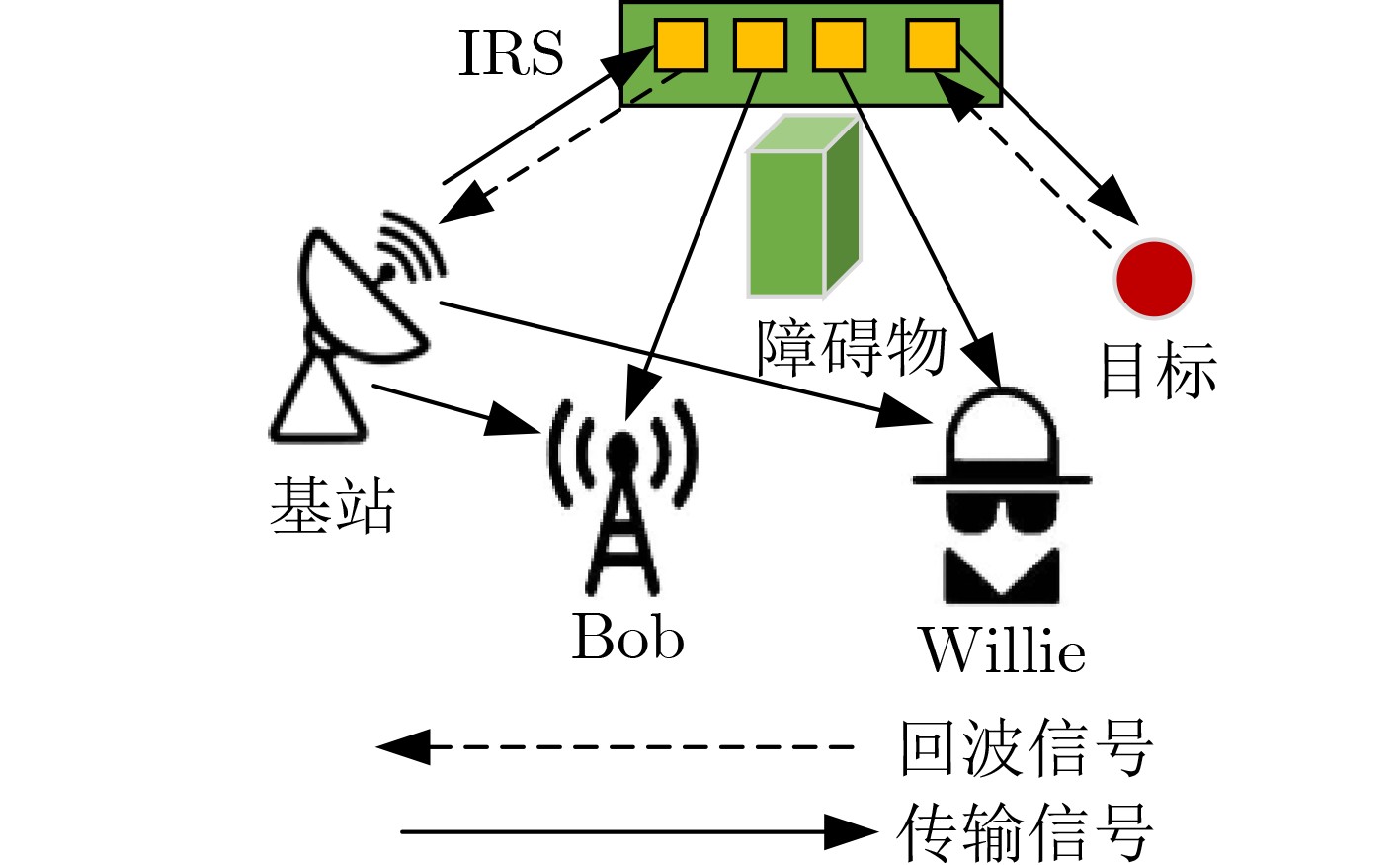
 下载:
下载:
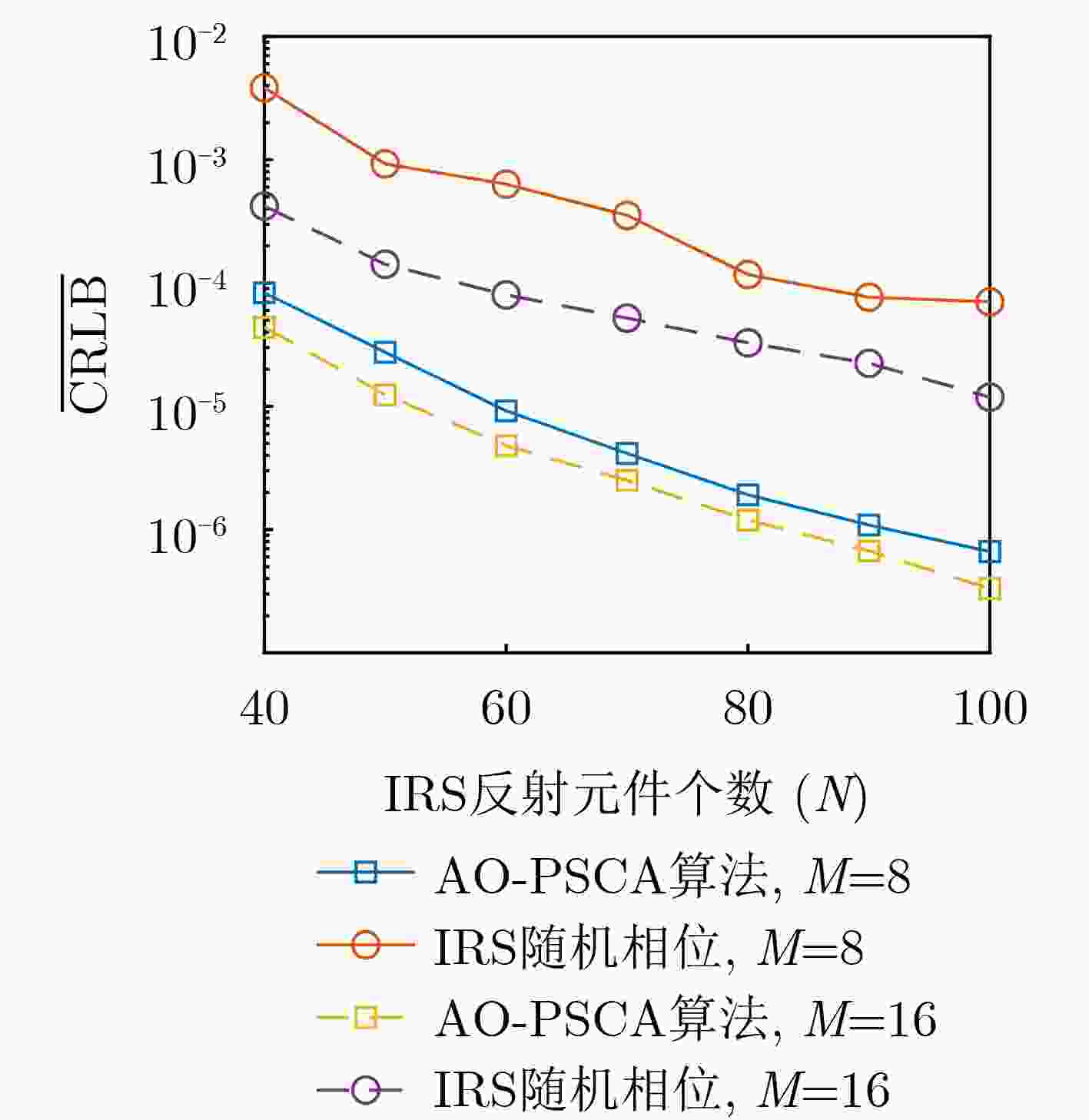
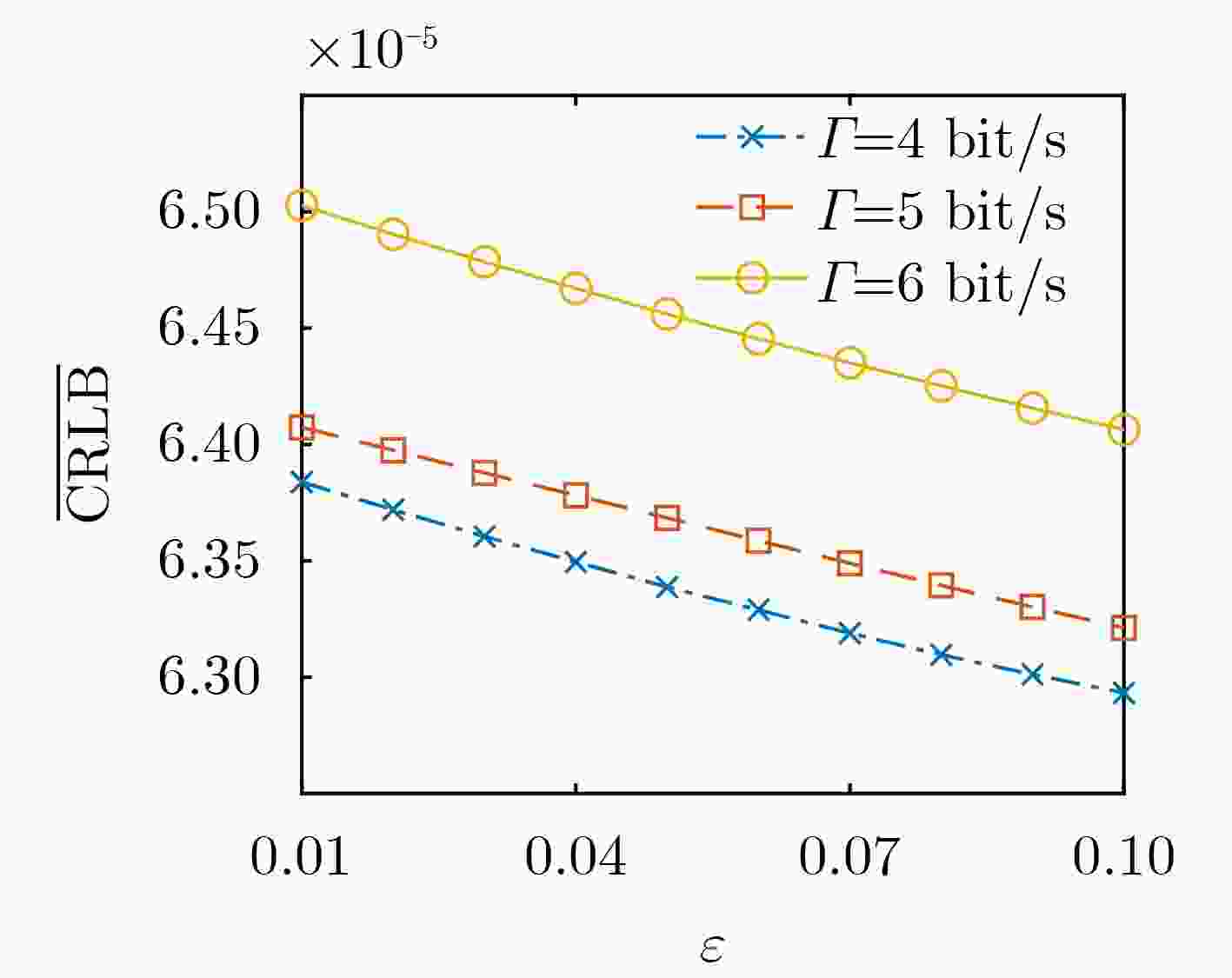
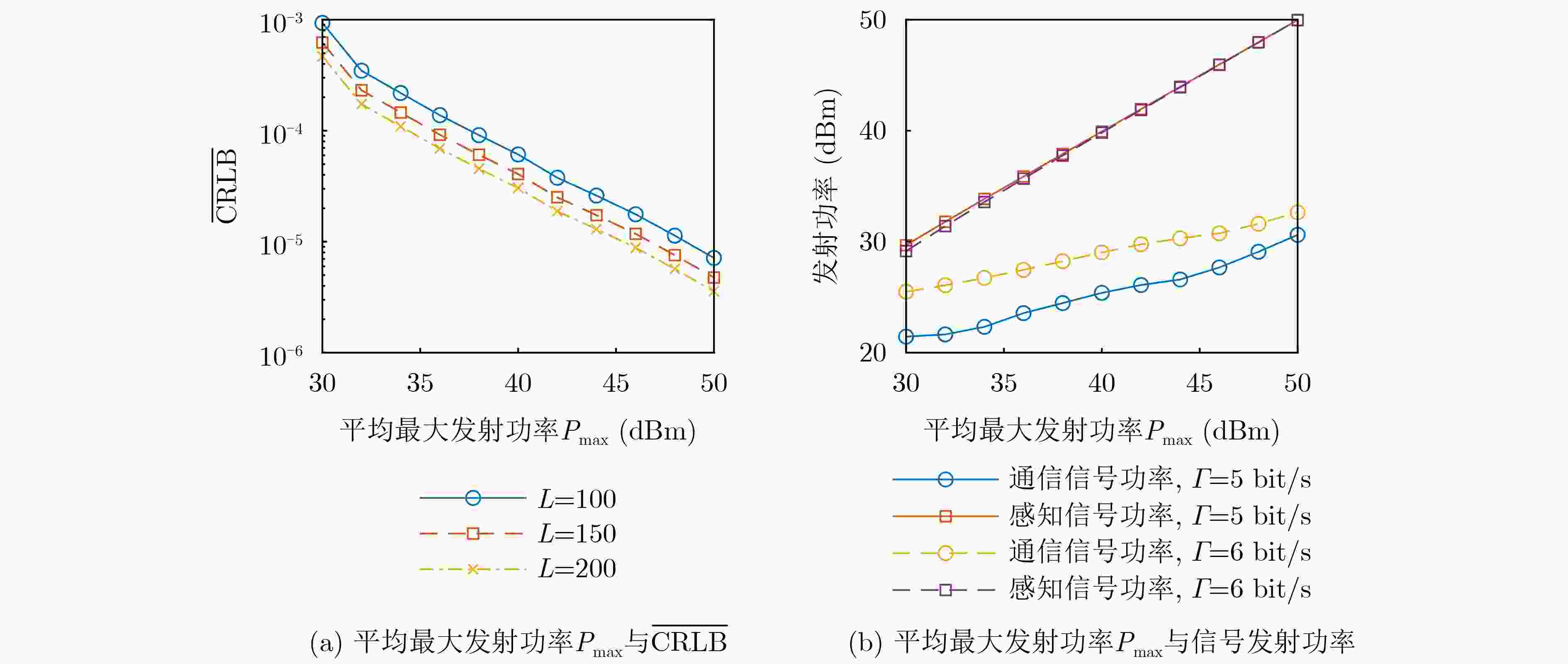
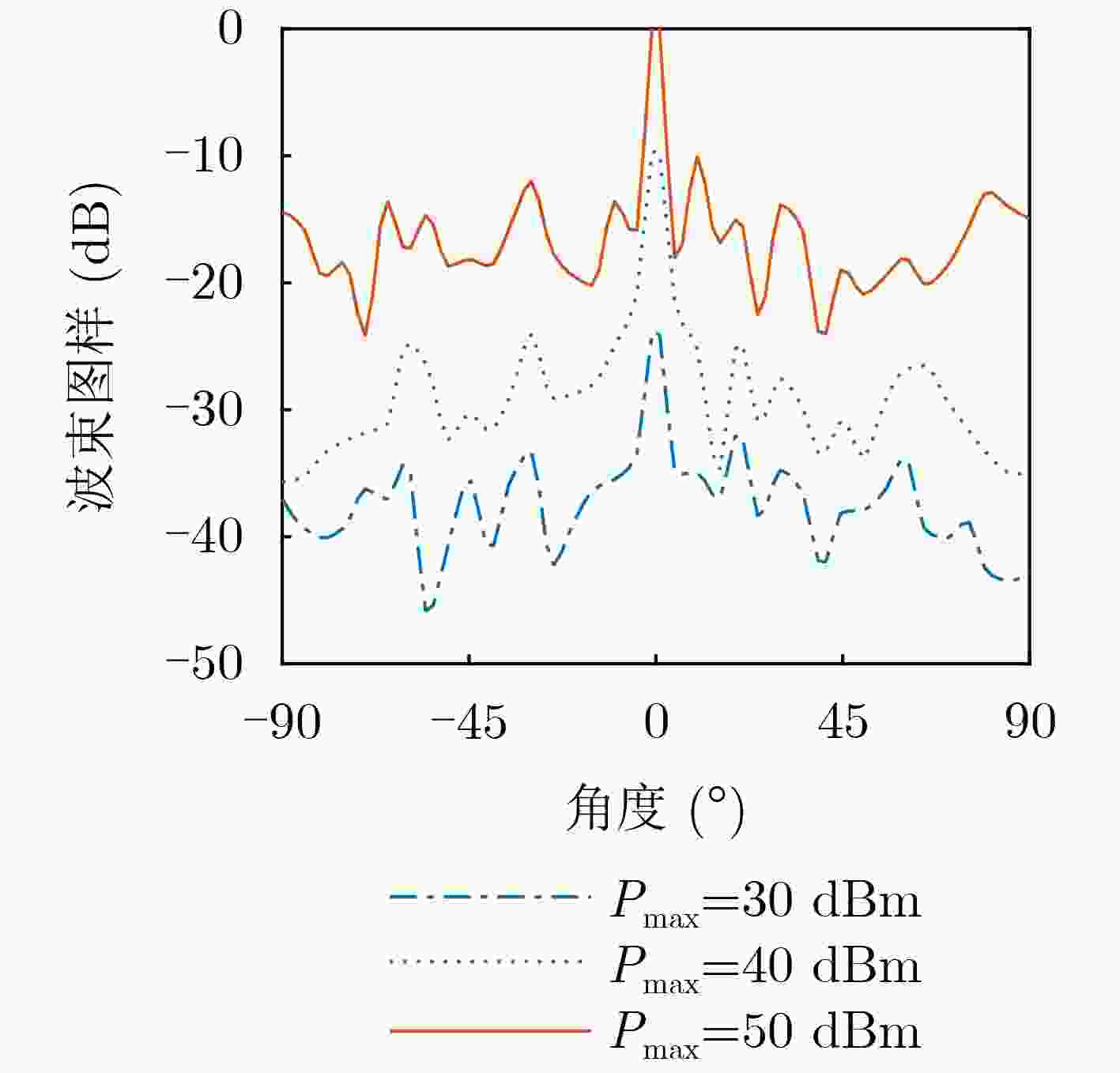


 下载:
下载:
